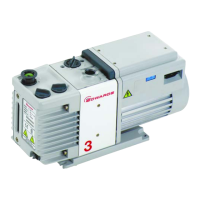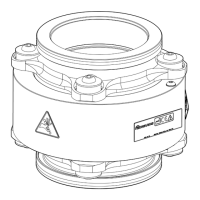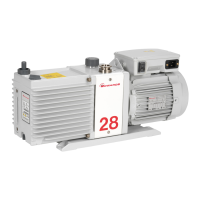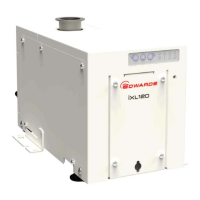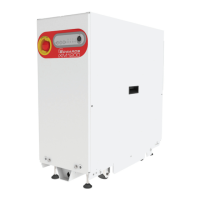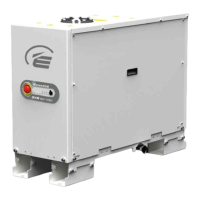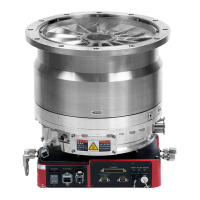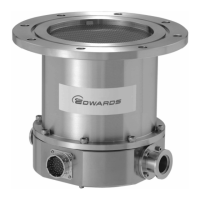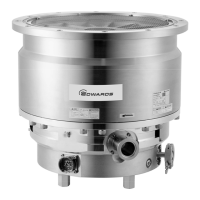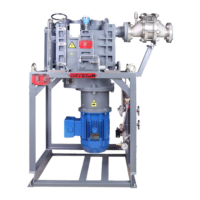CAUTION:
Do not use the pump t
o pump gases containing more than 20% oxygen. This will cause the
lubricant to polymerise and the pump to fail prematurely.
Note:
Concentraons of gases may be modied by the compression of the pump.
The turbo pump is designed to pump the following residual gases normally used in high
v
acuum systems:
• Air
• Carbon monoxide
• Neon
• Ethane
• Methane
• Nitrogen
• Krypton
• Argon
• Propane
• Carbon dioxide
• Helium
• Hydrogen
• Butane
The pump can be used to pump oxygen and water vapour, subject to the following condions:
• Oxygen - When the pump is purged by an inert gas, oxygen can be pumped at
concentraons above 20% by volume. Refer to the nEXT85 instrucon manual
(B8G0-00-880) for purge gas specicaon. However, if the pump is not purged, the
oxygen concentraon must be less than 20% by volume.
• Water vapour - Ensure that vapour does not condense inside the pump.
To pump a gas not in the list above, contact the supplier for advice. Failure to contact the
supplier may invalidate the warranty on the pump. The pump is not suitable for pumping
aggressive or corrosive gases.
Venng gas specicaon and vent control data
Although the pump may be vented to atmosphere, high relave humidity of the air may greatly
increase the subsequent pump down me. To reduce pump down mes the pump should be
v
ented with dry, clean gases.
Refer to the nEXT85 turbo pump manual (B8G0-00-880) for the vent valve connecon. Refer to
V
ent valve screen on page 20 for conguring the venng opons.
Table 18
Vent gas specicaon and vent control
Vent gas
specicaon and control Reference data
Vent gas Dry air, nitrogen, argon or other inert gases
Maximum dew point at atmospheric pressure -22 °C
Maximum size of parculates 1 μm
D395-94-880A - Technical Reference
Page 39
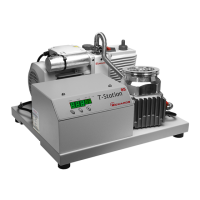
